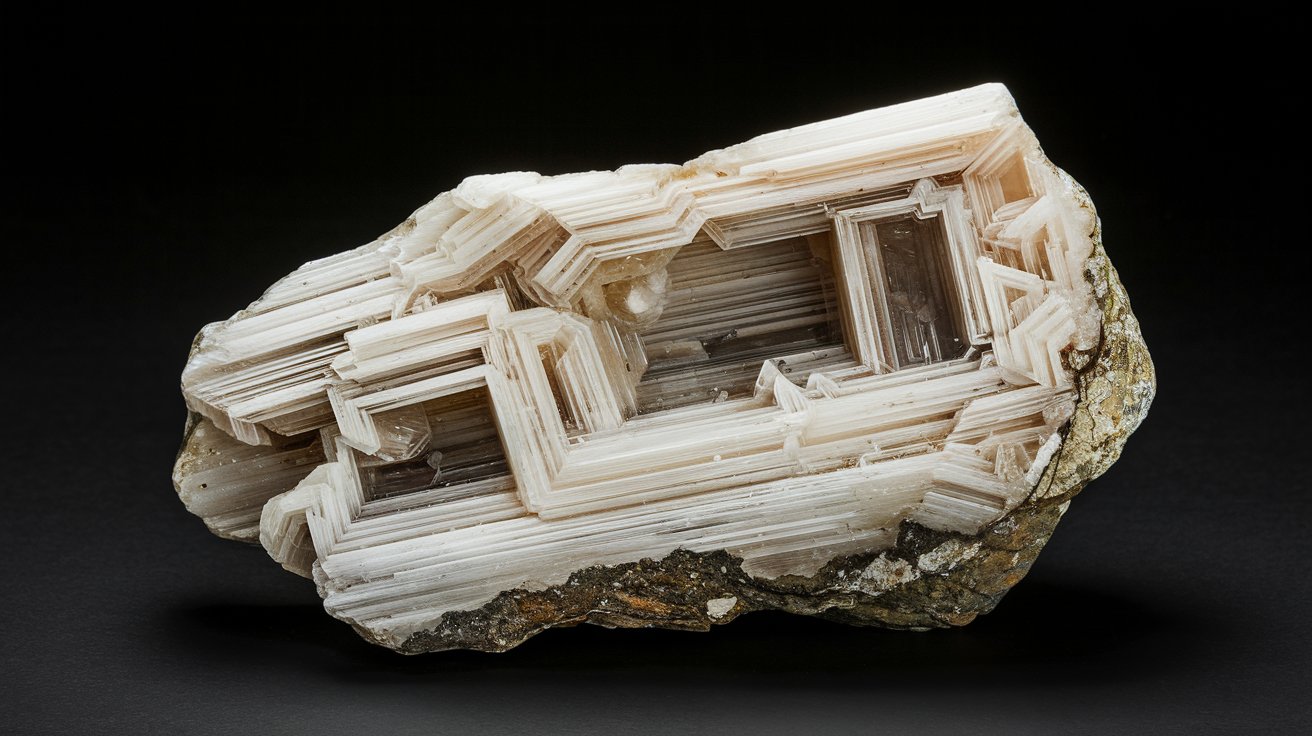
What is Bassanite? Bassanite is a fascinating mineral that often flies under the radar. It's a hydrated calcium sulfate, which means it contains both calcium and sulfate along with water molecules. This mineral forms in arid environments where gypsum, another calcium sulfate mineral, dehydrates. Why is Bassanite important? It plays a crucial role in various geological processes and has practical applications in industries like construction and agriculture. Where can you find Bassanite? Typically, it appears in evaporite deposits, volcanic fumaroles, and even on Mars! Yes, NASA's rovers have detected it on the Red Planet, adding to its intrigue. Want to learn more? Stick around as we dive into 30 captivating facts about this lesser-known yet significant mineral.
Key Takeaways:
- Bassanite is a unique mineral with properties that allow it to transform into different forms. It's found in deserts, volcanic areas, and hot springs, and can indicate past environmental conditions.
- Bassanite, named after Italian mineralogist Carlo Bassani, is used in plaster and drywall production. It's transparent, reacts with acids, and can dissolve in water over time.
What is Bassanite?
Bassanite is a fascinating mineral with unique properties and characteristics. It is a hydrated form of calcium sulfate, often found in evaporite deposits. Let's dive into some intriguing facts about this mineral.
-
Chemical Composition: Bassanite's chemical formula is CaSO₄·0.5H₂O, meaning it contains calcium, sulfur, oxygen, and water.
-
Discovery: It was first identified in 1910 by Italian mineralogist Carlo Bassani, after whom it is named.
-
Crystal Structure: This mineral typically forms in monoclinic crystal systems, which means its crystals have an asymmetrical shape.
-
Color: Bassanite is usually white or colorless, though impurities can give it a grayish or yellowish tint.
-
Formation: It forms through the dehydration of gypsum, another calcium sulfate mineral, often in arid environments.
-
Occurrence: Commonly found in evaporite deposits, bassanite can also appear in volcanic areas and hot springs.
-
Uses: It is used in the production of plaster and drywall, making it an important material in the construction industry.
-
Solubility: Bassanite is slightly soluble in water, which means it can dissolve over time, especially in humid conditions.
-
Hardness: On the Mohs scale, bassanite has a hardness of 2.5, making it relatively soft compared to other minerals.
-
Density: Its density ranges from 2.6 to 2.7 grams per cubic centimeter, which is considered average for minerals.
Unique Properties of Bassanite
Bassanite has some unique properties that set it apart from other minerals. These properties make it useful in various applications and interesting to study.
-
Dehydration: When heated, bassanite can lose its water content and convert into anhydrite, another form of calcium sulfate.
-
Hydration: Conversely, it can rehydrate to form gypsum when exposed to water, showcasing its reversible nature.
-
Thermal Stability: Bassanite is stable at temperatures up to 200°C, beyond which it starts to decompose.
-
Optical Properties: It is transparent to translucent, allowing light to pass through its crystals.
-
Luster: This mineral has a vitreous to silky luster, giving it a shiny appearance.
-
Cleavage: Bassanite exhibits perfect cleavage in one direction, meaning it can easily split along certain planes.
-
Fracture: When broken, it shows a conchoidal fracture, which is a curved breakage pattern.
-
Birefringence: It has low birefringence, meaning it doesn't significantly split light into two rays.
-
Specific Gravity: Its specific gravity is around 2.6, which is a measure of its density relative to water.
-
Reactivity: Bassanite reacts with acids, releasing sulfur dioxide gas, which can be a useful property in chemical processes.
Bassanite in Nature
Bassanite's natural occurrence and formation processes are fascinating. It can be found in various geological settings and has interesting interactions with its environment.
-
Evaporite Deposits: These deposits form when water evaporates, leaving behind minerals like bassanite.
-
Volcanic Areas: In volcanic regions, bassanite can form from the alteration of volcanic rocks.
-
Hot Springs: The mineral can also precipitate from hot spring waters rich in calcium and sulfate.
-
Sedimentary Rocks: Bassanite is often found in sedimentary rocks, especially those formed in arid climates.
-
Desert Environments: In deserts, it can form through the evaporation of groundwater.
-
Marine Evaporites: Bassanite can also be found in marine evaporite deposits, formed from the evaporation of seawater.
-
Geothermal Areas: In geothermal regions, it can form from the interaction of hot water with calcium-rich rocks.
-
Weathering: The mineral can form through the weathering of gypsum in dry conditions.
-
Transformation: Bassanite can transform into gypsum or anhydrite depending on environmental conditions.
-
Geological Indicator: Its presence can indicate past environmental conditions, such as arid climates or evaporative processes.
Final Thoughts on Bassanite
Bassanite, a fascinating mineral, holds a unique place in geology. Its composition, primarily calcium sulfate hemihydrate, makes it a key player in various industrial applications. Found in evaporite deposits, it often forms through the dehydration of gypsum. This mineral's role in the construction industry, particularly in plaster and drywall production, can't be overstated. Its presence in Mars' soil also sparks curiosity among scientists, hinting at the planet's watery past. Understanding bassanite not only enriches our knowledge of Earth's geological processes but also aids in exploring extraterrestrial environments. Whether you're a geology enthusiast or just curious about minerals, bassanite offers a glimpse into the intricate world of natural formations. Keep exploring, and you'll uncover even more intriguing facts about this remarkable mineral.
Frequently Asked Questions
Was this page helpful?
Our commitment to delivering trustworthy and engaging content is at the heart of what we do. Each fact on our site is contributed by real users like you, bringing a wealth of diverse insights and information. To ensure the highest standards of accuracy and reliability, our dedicated editors meticulously review each submission. This process guarantees that the facts we share are not only fascinating but also credible. Trust in our commitment to quality and authenticity as you explore and learn with us.


